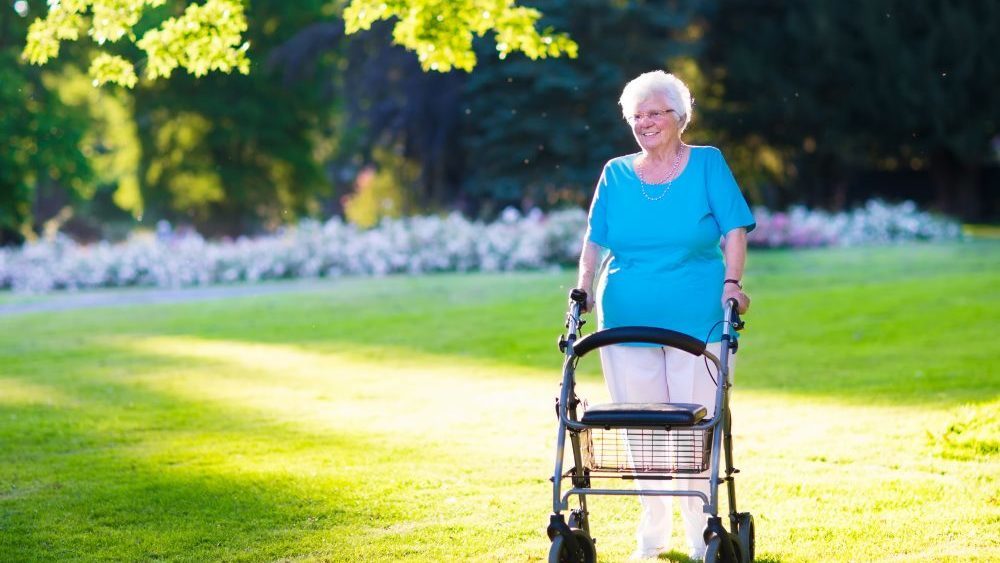As people age, routine movement around the home may become a challenge. If seniors choose to age in place, what can be done to ensure comfort and safety when simply moving about the house? Let’s take a look.
A ramp makes a house more accessible to those using wheelchairs or walkers. Eliminating a curb at the front door threshold means a wheelchair can roll in unimpeded. The same rule applies to threshold curbs for other doors, including the shower.
Doorways must be 36 inches wide to accommodate a wheelchair. Door handles should be a lever type that people with diminished dexterity can use with ease.
Stairs pose a particular problem for the disabled. At the very least, non-slip tread surfaces are a must if they aren’t already in place. Motorized chair lifts that carry a disabled person up and down are available, but expensive, and not every set of stairs can be fitted with one. An aging person whose bedroom is upstairs may need to be relocated downstairs.
Challenges in the garage. If using a wheelchair van, a two-car garage may be reduced to single-car usage to allow for getting into and out of the van. If there is a raised concrete pad between the garage floor and the door into the house, a short concrete ramp should be added. Of course, a garage door opener is a must.
With outdoor living spaces, the threshold from the back door to the outside patio or deck should be curb free, and the doorway must be 36 inches wide. If the deck or patio is multilevel, replace steps with a ramp. Good lighting at night is essential for visibility.
If the family home has a pool, special lifts can be installed to help lower a disabled family member into the water.


